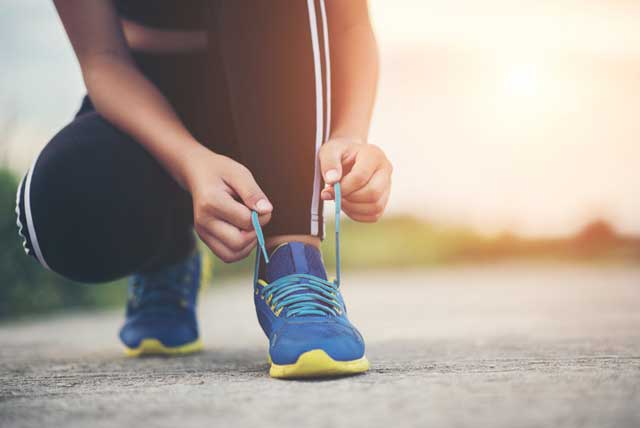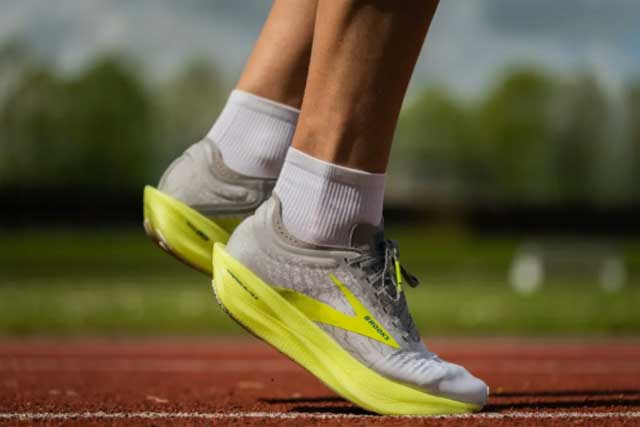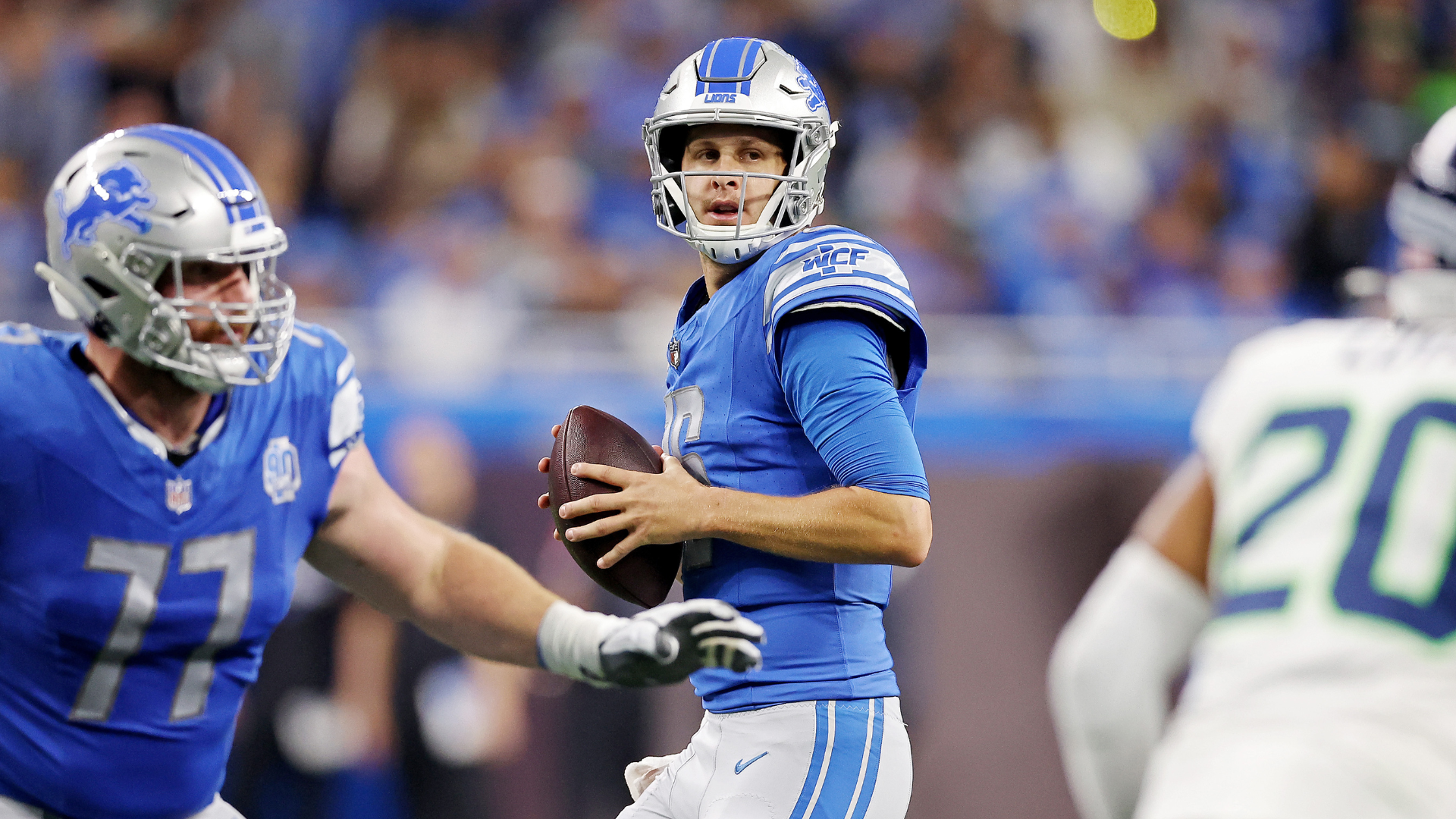Are Running Shoes Bad for Your Feet? – Each Shoes Blog

Running shoes seem to be the only component of safety gear available to runners to protect themselves from injury. While they can not always help you run faster, they can help you avoid pain. Also, prevent those repetitive strains and stress that high-impact activity places on your joints.
Thank you for reading this post, don't forget to subscribe!Going barefoot is healthier, but you need to wear shoes on hard surfaces. Consider choosing running shoes with high quality and supportive cushioning. A proper structural shoe can be good for your feet while running on difficult surfaces.
It’s tough to think about running without a pair of running shoes. An ideal pair of running shoes can be your best companion. As hundreds of styles are available in the market, choosing the right pair could be challenging.
Are Running Shoes Bad for Your Feet?

In general, running with shoes is better for your health than running barefoot. Some people prefer to run barefoot on surfaces like asphalt or grass. Running on grass can reduce pressure. But high-quality running shoes to use on grass can be healthier and comfier. In the USA, people run barefoot and even do multiple marathons barefoot.
The danger of stepping on rocky or sharp things or damaging your foot can be neglected by a pair of shoes. On the other hand, extra cushioning interrupts your senses to get feedback which is essential to adjust your steps leading to injury.
However, it’s obvious that people need shoes for running, and it can help by providing injury protection. Most people spend their lives in shoes without getting any injury. That’s why I try to get a pair of minimalist shoes. These shoes will help you get feedback from the contact with the ground.
The Real Reason You Get Injured results from a combination of three factors. Let’s figure out them-
- You outpaced your bones’, muscles,’ and tendons’ ability to adapt to the action. The strengthening of muscles usually occurs within weeks, whereas other structures can take up to several months.
- Your movement, high-support, high-cushion shoes do most of the structural work for your feet and legs. Leaving less time for their condition causes factor 1 to increase further.
- Finally, the increased padding in your expensive shoes allowed you to run with longer strides, bad form, and a hammering gait that was too taxing on your body.
How To Solve The Issues?

To solve these factors, you need to do something. Here are some tips and tricks that you can follow-
● Pick The Right Shoe
A perfect running shoe should have a wide toe box. This will allow your toes to splay out as well as acquire distance between the hallux and the second toe.
To function your feet correctly you need to have a zero toe or even heel drop. Use a thin and non-cushioned sole. These types of shoes will not dampen feedback from the surface.
● Careful And Patient:
Slowly and cautiously ease yourself into the activity of running. Allow your feet and legs to strengthen for a few weeks before increasing your distance. Early on, take extra rest days.
● Learn Good Form:
The form is important to learn. Run as if you were barefooted, with short, fast, low-impact strides that land exactly under your center of feet. There will be no bounding and banging. It’s not only more effective to have good form, but it’s also gentler on your body.
If you’re not sure what excellent form looks like for you, try running barefoot down a sidewalk and paying attention to how much your form changes to avoid injuring your feet. That’s how you should run.
● Work On Flexibility And Strength:
Flexibility and strength should be worked on. When you’re not in mechanical balance, you can’t run well. Stretch for 10–15 minutes a few times per week.
Yoga is a great way to relax. Regular leg-strengthening exercises, such as squats and lunges, should also be performed.
● Run On Minimalist Shoes
Put on shoes that don’t do the heavy lifting for you while you run. Even at the start of your training, rotate in a pair of more minimalist shoes like a racing flat for your short runs. Minimalist shoes improve your form and teach your feet and legs to do more work.
● Run Barefoot
When you’re on a safe surface, run barefoot. Would you like your legs and feet to be stronger? Do a 10-minute barefoot run on a clean beach or a well-kept grass athletic field. Combine that with a workout in your minimalist shoes on one of your days off.
Do Running Shoes Make a Difference?
A pair of proper running shoes can make a huge difference. They generate high-impact forces as they are specially designed for running. Perfect running shoes can serve several purposes.
A comfortable fitting means fewer foot issues such as blisters. However, it’ll still give you movement conformability as well as flexibility. An ideal structure helps for proper running form.
It reduces the probability of joint strain and provides longevity. This is also covered with cushioning to withstand impact together with repeated stress.
Do You Need Running Shoes To Run?

This is dependent on how often and for how long you run, along with your running form. Although some people are used to wearing more minimalist shoes, the majority of experts prefer running shoes or sneakers.
Moreover, Running in flat-soled shoes, such as Converse, Vans, or leather shoes, regularly can cause irritation and pain over time. You can be harmed despite the shoes you wear if you have poor running technique.
Running and injuries aren’t mutually exclusive. In fact, non-runners and inactive people are more likely to sustain injuries than runners. Many problems once assumed to be primarily related to running are caused by poor biomechanics and other health issues rather than running.
Wrapping Up
Whether you wear shoes or not doesn’t matter. Once your body, including your bones tendons, has been thoroughly conditioned to the activity of running, you’re absolutely fit.
As long as the soles are acceptable for the surface on which you’re running, it doesn’t matter. As you can see, the relationship between shoes and injuries is a little more complicated than you can think. Hopefully, this write-up clarified the situation.





